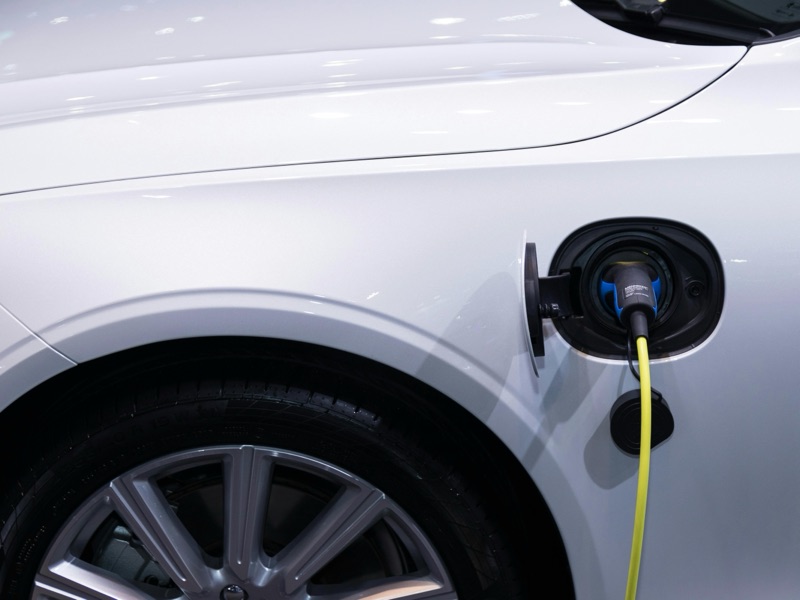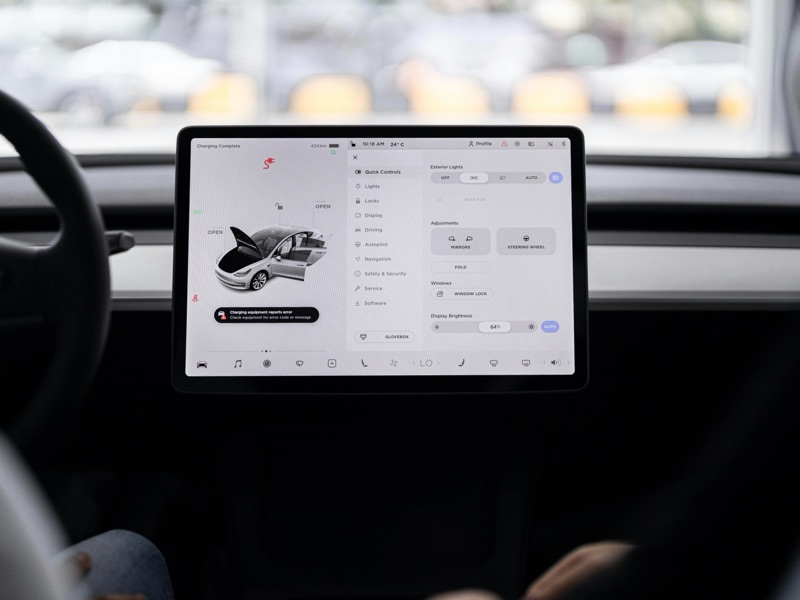Electric vehicles (EVs) have been heralded as the future of transportation—a clean, silent, high-tech solution to fossil fuel dependency. For a time, it seemed that the age of the combustion engine was nearly over. Major automakers made bold announcements, cities planned bans on petrol vehicles, and incentives pushed EVs to mainstream appeal. But as the excitement matures into scrutiny, cracks in the vision are becoming increasingly hard to ignore.
Are fully electric vehicles truly ready to replace fossil fuel-based vehicles? Or has the world moved too quickly toward a technology that still needs time, innovation, and realism?
EV Technology: Great Promise, But Still Incomplete
Range Anxiety: Still a Problem
While modern EVs like the Tesla Model S and Lucid Air offer 350–500 miles on a single charge under ideal conditions, real-world usage paints a different picture. In cold climates, for instance, range can drop by 30–40% due to battery inefficiency and cabin heating. Towing, high-speed driving, or hills can also significantly reduce range.
Scientific context: Lithium-ion batteries lose efficiency in cold environments due to slower ion movement. According to the Idaho National Laboratory, cold-weather testing on a Nissan Leaf showed a 57% range reduction at -17°C (1.4°F).
Charging Inconvenience
Filling a gas tank takes 3–5 minutes. Fully charging an EV—even with DC fast charging—takes 30–60 minutes to reach 80%. Level 2 home charging can take 8–12 hours, and Level 1 (standard home outlets) can require over 24 hours.
While charging at home is convenient for some, it’s unrealistic in dense urban housing or apartment complexes. Public infrastructure has not scaled fast enough to support widespread adoption.

Electricity Prices and Grid Limitations
Rising Electricity Prices
Many people assume driving an EV is inherently cheaper. However, rising global electricity prices—driven by fuel costs, grid upgrades, and green energy transitions—complicate that picture.
In Europe, electricity prices have surged in the last 2 years. In the U.S., the Energy Information Administration projects average electricity prices to rise 2.6% per year through 2030.
If EVs become the majority vehicle type, the demand on electrical grids will surge, particularly during peak charging hours. Without massive investment in renewable energy and grid resilience, charging costs could rival or exceed fossil fuel refueling.
Is a Universal Charging Infrastructure Realistic?
To make EVs practical for everyone, charging points must be as ubiquitous and reliable as gas stations. But that is an immense challenge:
- Current EV charging points globally (2024): ~4 million
- Vehicles on the road worldwide: ~1.4 billion
- Projected need: ~300 million chargers by 2040 (IEA)
Add to this the need for standardization, maintenance, and real-time availability tracking, and you’re looking at a global infrastructure challenge on par with railroads and highways.

Lithium Batteries: Hazards and Environmental Burdens
Combustibility and Safety Hazards
EVs use lithium-ion batteries, which are energy-dense but thermally unstable. Thermal runaway—a chain reaction of overheating—can lead to uncontrollable fires or explosions, especially after collisions or manufacturing defects.
Fact: EV fires are rarer than ICE fires per capita, but harder to extinguish and often more damaging.
Sourcing of Rare Earth and Heavy Metals
Each EV battery requires:
- ~8 kg of lithium
- ~35 kg of nickel
- ~20 kg of manganese
- ~14 kg of cobalt
Cobalt mining—often in the Democratic Republic of Congo—is marred by reports of child labor, toxic waste, and dangerous conditions.
Lithium extraction from brine in South America consumes large volumes of water in arid regions. According to the Institute for Energy Research, 2.2 million liters of water are used per ton of lithium extracted.
Recycling Is Still Nascent
The recycling rate for lithium-ion batteries is below 5% globally, due to a lack of standardized systems and economic incentives. Without widespread, effective recycling, we risk a mountain of hazardous electronic waste in the coming decades.

Environmental Reality: Not a Silver Bullet
EVs emit less CO₂ over their lifespan on average, but this depends heavily on:
- The source of electricity (coal vs solar)
- The region of manufacturing
- The vehicle’s size and usage
Case in point: A study by the Union of Concerned Scientists shows that an EV charged on a coal-heavy grid may emit more lifecycle emissions than a fuel-efficient hybrid like the Toyota Prius.
Also, mass EV adoption could shift pollution from tailpipes to mines and power plants, rather than eliminating it.
New vs Used Cars: A Smart Alternative?
While EVs are promoted for their green appeal, buying a used internal combustion engine (ICE) vehicle can be environmentally competitive—or even superior.
Advantages of Used ICE Cars:
- No new manufacturing footprint
- Lower purchase price
- Immediate fuel availability
- Proven reliability
Downsides:
- Higher tailpipe emissions
- Increasing urban restrictions
- No tax incentives
But keeping a well-maintained used car may generate less net pollution than buying a brand-new EV, especially if the new EV is manufactured in a high-emission country or charged on a dirty grid.

What Needs to Happen for EVs to Truly Replace Fossil Fuels?
Technological Improvements
- Solid-state batteries: Safer, faster charging, longer life (still in development)
- Better recycling methods: Economically viable and scalable
- Affordable long-range models: EVs under $30,000 with >300 miles of range
Infrastructure & Policy
- Universal charging networks: Standardized, interoperable, fast
- Grid modernization: Smart grids with renewable integration
- Cleaner electricity: Solar, wind, nuclear expansion
Conclusion: A Promising Technology That Isn’t Ready—Yet
Electric vehicles are not a scam or a dead end. They’re an important tool in the shift away from fossil fuels—but they are not a perfect or fully matured solution. Range limitations, battery safety, environmental costs, infrastructure gaps, and rising electricity prices all pose serious questions.
In the meantime, keeping your existing vehicle, driving less, or considering a hybrid may be the most realistic and eco-conscious option for many.
The future may be electric, but it has to be earned through science, not slogans.